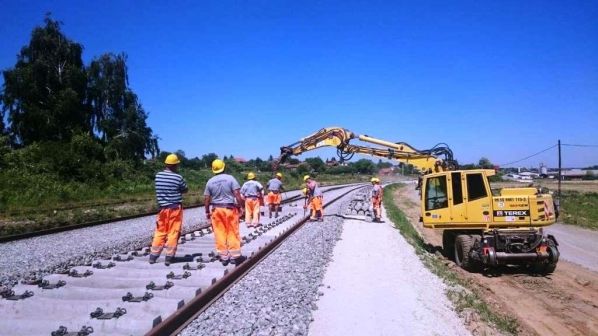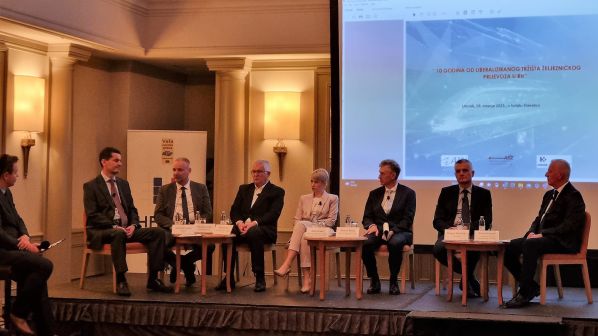CROATIA’s deputy prime minister and transport minister, Mr Oleg Butković, says that investment in the modernisation of the rail network should reach €6bn by 2030, and that €1bn is already being invested. This compares with the €4bn announced in April, which the country planned to invest during the next 10 years.
This investment boost is designed to be a major engine for economic growth, particularly in construction and related sectors.
The investment programme will be largely funded by the European Union while the European Investment Bank (EIB) is providing a €900m loan.
Under the plans, 337km of track will be upgraded. One of the key projects is the 42.6km Križevci - Koprivnica - Gyékényes main line. The €350m scheme running to Gyékényes in Hungary is being co-funded by the Connecting Europe Facility (CEF).
The project is already 50% complete and Butković expects it to be finished by early 2025. However, he admits that the Križevci - Dugo Selo section, which is 70% complete, has suffered a setback and maybe delayed.
The Podravska main line, stretching from Osijek to Cakovec, and the Karlovac - Mahicno and Zabok - Krapina lines will also be upgraded along with stations such as Virovitica, Sesvete, and Zagreb’s main station, as well as signalling and safety systems.
As no time-consuming permits are needed for the upgrades, work can start swiftly, and progress is likely within the next five years.
Croatian Railways (HŽ) will acquire 60 new trains by 2030. This includes 21 electric regional trains of which already 11 are already in service, two battery trains for non-electrified routes, and four battery-electric or hybrid trains.
By 2030, HŽPP plans to have withdrawn its old fleet entirely, replacing it with these new, alternative-drive trains supplied by Končar.
For more information on European railway projects, subscribe to IRJ Pro.


